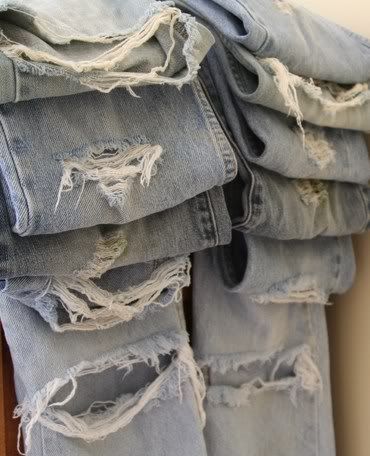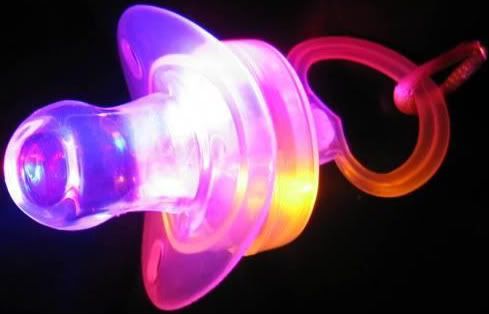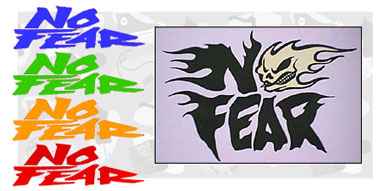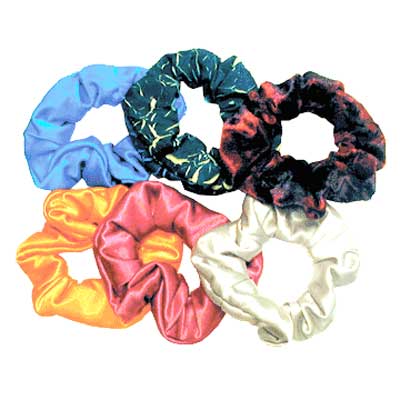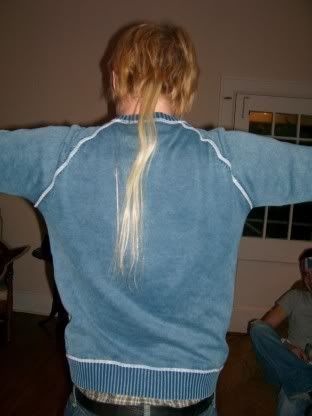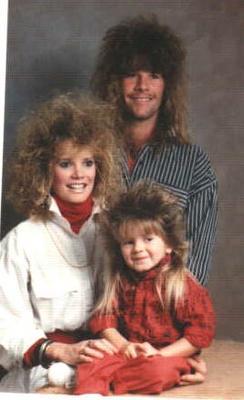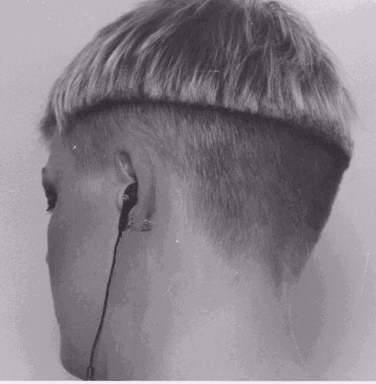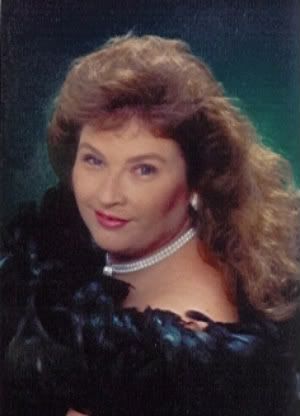
Note: This post mainly details the look of grunge, not the music. Stay tuned for more in-depth grunge music posts at some later date.
In every decade, for all squeaky clean bubble gum pop actions there develops an opposite and angstier reaction. It's a law of subculture physics. Mainstream culture is simply too narrow and too goody-goody to encompass the whole of the youth population. The 70s gave us hippies, the 80s punk rock mavens, and the 90s bore us the Generation X-level gloom of grunge. Youth culture can not subsist on good clean fun alone; it needs an introspective core to lend some much-needed depth and idealistic values to the mix.
Does that mean we'll look back on emo kids in twenty years and appreciate their wealth of feelings and eye-obscuring well-sculpted haircuts? Maybe. Only time can tell the youth subculture story for the ages. When we're in the midst of a movement, it's tough to imagine the cultural impact it will have on our retrospective summary of a decade. In the early 90s, grunge was just a burdgeoning lifestyle movement that endorsed limited showering. We could not have known at the time that it would have the iconic impact it did on the face of an era.

The Pacific Northwest was a fitting setting for the rising music subcultural movement; rainy Seattle weather provided an appropriately gloomy backdrop for the angst-ridden alternative lifestyle. Bands like Nirvana, Pearl Jam, Stone Temple Pilots, Alice in Chains, and Soundgarden released records with a unique and distinctly resonant sound. The grunge movement was borne of a blended puree of idealism and cynicism, encompassing the themes of Generation X disillusionment with societal norms. The Seattle Music scene provided a showcase for the encapsulation of youth subculture burnout, giving voice to artists outside of the mainstream.
Like all pure, genuine social movements, it wasn't long before The Man found a cunning way to capitalize on the rise of Grunge culture. It's the ultimate irony of alternative youth culture: it rises through sincere and meaningful expression, only to be diluted into a marketable, packageable blurb for distribution. Grunge was a lucrative business; much to the chagrin of Grunge scene musicians, their music skyrocketed to popularity in conventional circles. While these artists rose to fame for their elucidation of their innermost alienation and disillusionment, suddenly their music was playing on a top 40 station and their faces were adorning concert t-shirts.
Since I am by no means a music expert and was a mere nine years old at the height of the grunge scene's popularity, I won't pretend to have a comprehensive knowledge of the nuances and subtleties of Seattle Sound. I'm far more qualified to outline the Grunge fashion that filtered down into mainstream society. We may not have been great thinkers and expressionists, but we could rock a mean flannel. Inasmuch, retailers could charge a hefty price in their principle-free exploitation of interest in Grunge culture with their shameless marketing of items like these:
Plaid Flannel

Possibly one of the most recognizable and iconic of grunge influences, plaid flannel became a staple in both male and female early 90s' wardrobes. Optional but suggested: flannel worn open over grungy tee shirt. I would also accept "worn around the waist."
Thermal Tops

Seattle weather can get pretty chilly, so for practicality's sake a thermal shirt provided Grungy youth with some much needed warmth. This was far less practical in cities like LA and Miami, of course, where the wearer usually sacrificed a great deal of literal sweat in the name of alternative fashion.
Combat Boots

It's hard to clomp around angstily without the proper footwear. Clunky, heavy boots fit the bill, hindering the element of surprise in any attempt to sneak up on people.
Birkenstocks

For warm days when clunking around just wouldn't do, there were Birkenstocks. After all, who espouses free expression and independent thought better than the Germans? No one, that's who.
Wool Caps

Hot or cold, wool caps were more of a statement piece than a practicality. Even respected designers began sending their models down the runway with unkempt hair tucked under ski caps, though their motivation may have been tied to the savings in hairstylist costs.
Torn Jeans
How is anyone going to know that you don't care what you're wearing and that you're above superficial wardrobe selection unless you carefully choose a garment to express that sentiment? Torn jeans frequently topped off grungy ensembles, indicating the general apathy associated with the movement. Take that, society! Our jeans are well-ventilated and anti-mainstream culture.
Similarly, non-clothing fashion assimilated accordingly to sufficiently match our dirt-spackled wardrobe. Your grunge look just wouldn't be complete without:
Greasy, stringy hair

No grunge look worth its weight in hair oil would hold its own without an unkempt mass of dirty, stringy hair. Men and women alike hopped on the greasy hair bandwagon, abandoning showering in favor of a more in-your-face, anti-hygiene look. The fad grew out of Grunge musician's genuine angst and apathy, but it gave the rest of us an excuse to be lax in our showering schedules.
Questionable Facial Hair

A scraggly beard could serve as a major credibility booster for your supposed anti-society attitude. It wasn't a necessary element, but the presence of some ratty facial hair could probably help your cause in establishing yourself as legitimately grungy.
Grunge as a youth subculture ran far deeper than the fashion it inspired, but this highly visible representation played a major role in propagating the trends worldwide. For those of us not lucky or adolescent enough to rebel against anything, Grunge style allowed us to express ourselves in an allegedly unconventional way. Everyone else may have been doing it, but magazines and TV were telling us it was the way to be alternative, hip, and anti-mainstream. They would know, right?

